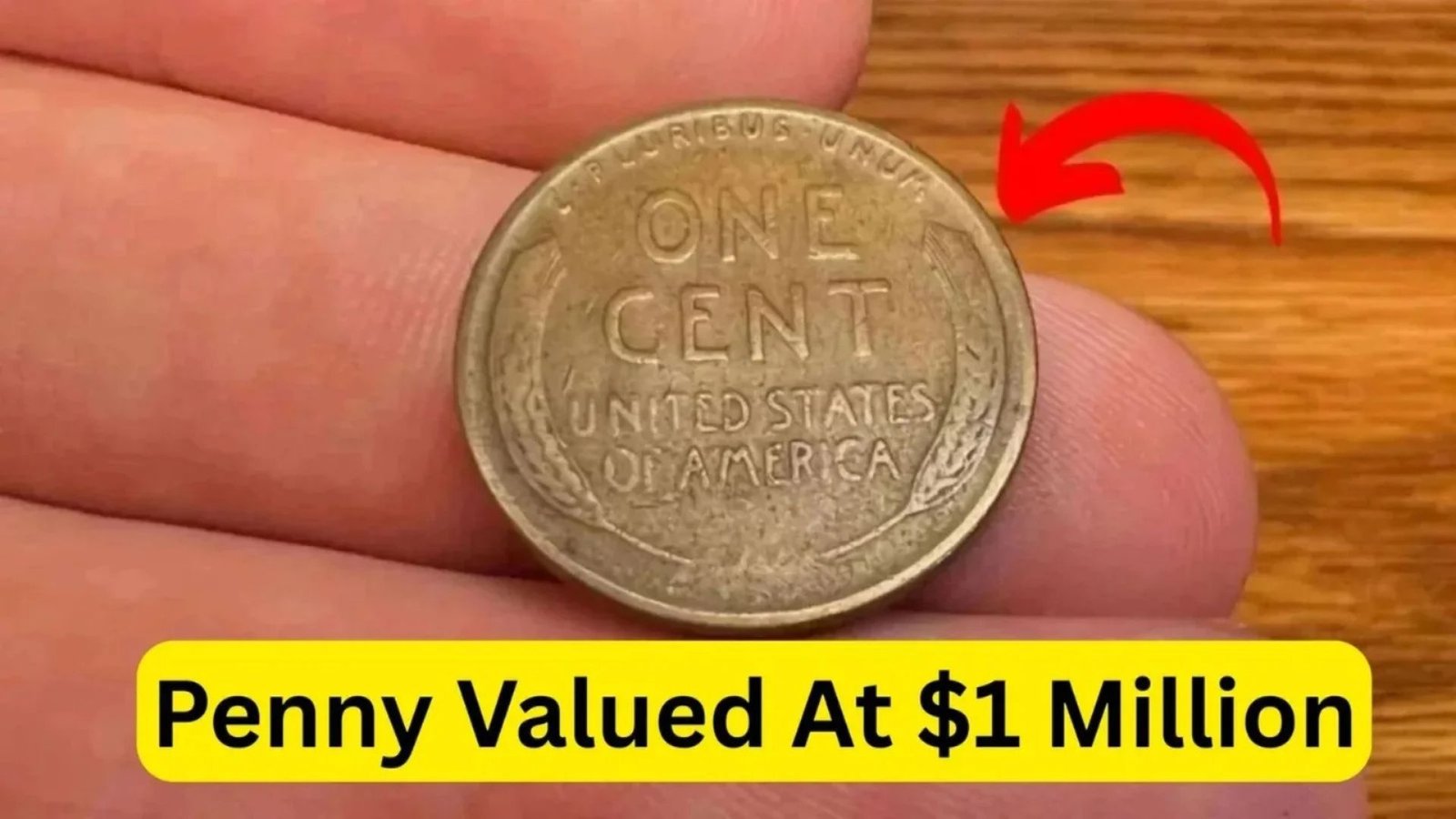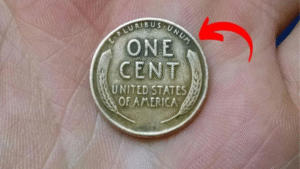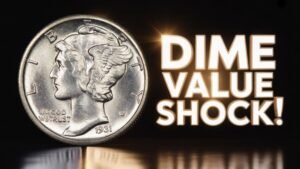What if a simple penny jingling in your pocket could be worth a life-changing $1 million? Sounds unbelievable, right? Yet, some Lincoln Wheat Pennies have sold for astronomical prices. Could one of these elusive treasures be sitting unnoticed in your coin jar? Let’s uncover the truth and the secrets behind these million-dollar cents.
What Is the Lincoln Wheat Penny?
The Lincoln Wheat Penny, first minted in 1909, is one of America’s most iconic coins. Featuring Abraham Lincoln on the obverse and wheat stalks on the reverse, it symbolizes history, patriotism, and a bygone era. But not all Wheat Pennies are created equal — a few carry rare minting errors or unique traits that make them worth a fortune.
The Hidden History Behind Its Value
When the Wheat Penny was introduced to celebrate Lincoln’s 100th birthday, few imagined it would spawn one of the most collectible coin series in U.S. history. Between 1909 and 1958, billions were struck, but only a handful — like the 1943 Bronze Penny or 1955 Doubled Die Penny — became numismatic legends due to their rarity and mystery.
Why Some Lincoln Pennies Are Worth $1 Million
Certain error coins were minted in unusual materials or designs, making them extremely rare. For instance, during World War II, the U.S. Mint switched to steel cents in 1943 to save copper. However, a few bronze planchets were mistakenly used, resulting in the 1943 Bronze Lincoln Cent, one of the rarest U.S. coins ever made. These pennies have fetched over $1 million at auction.
Top Valuable Lincoln Wheat Pennies
| Coin Type | Year | Special Feature | Estimated Value |
|---|---|---|---|
| 1943 Bronze Wheat Penny | 1943 | Minted in bronze instead of steel | $1,000,000+ |
| 1955 Doubled Die Obverse | 1955 | Strong doubling on inscriptions | $50,000+ |
| 1909-S VDB Penny | 1909 | Designer’s initials, low mintage | $1,000–$2,000+ |
| 1914-D Lincoln Penny | 1914 | Scarce Denver Mint issue | $5,000+ |
| 1922 No D Penny | 1922 | Missing mint mark error | $15,000+ |
| 1944 Steel Penny | 1944 | Struck in steel by mistake | $100,000+ |
| 1931-S Penny | 1931 | Low mintage, collector favorite | $100–$200+ |
How to Identify a Valuable Wheat Penny
| Step | What to Look For | Why It Matters |
|---|---|---|
| 1 | Check the Date | Key years like 1909, 1914, 1943, 1955 |
| 2 | Examine Mint Mark | “S” or “D” can indicate rarity |
| 3 | Look for Errors | Doubling, missing marks, or wrong metal |
| 4 | Inspect Condition | Uncirculated coins are far more valuable |
| 5 | Use a Magnifier | Hidden errors often visible only up close |
How to Find One in Your Change
Before dismissing your pennies, take a moment to check the date, mint mark, and condition. Many collectors have stumbled upon valuable coins in old jars, inherited collections, or even everyday change. You might just uncover a six-figure surprise where you least expect it.
Expert Tips to Maximize Value
- Never clean your coin — it can drastically reduce value.
- Get professional grading from PCGS or NGC to verify authenticity.
- Research recent auctions to estimate true market worth.
- Store coins safely to prevent damage and preserve condition.
- Network with collectors — online forums can reveal insider leads.
Notable Auction Records
- 1943 Bronze Cent sold for $1.7 million (Heritage Auctions, 2010)
- 1955 Doubled Die fetched $45,000+ in pristine condition
- 1909-S VDB Penny regularly sells for $2,000–$5,000
These figures prove that even a small, forgotten coin can carry monumental worth.
FAQs About the Million-Dollar Wheat Penny
Q: Can I still find a valuable Wheat Penny today?
Yes. Though rare, collectors have discovered them in inherited collections or mixed coin rolls.
Q: What’s the most valuable Lincoln Penny?
The 1943 Bronze Wheat Cent, with auction prices exceeding $1 million.
Q: Do condition and grading matter?
Absolutely. A certified MS65+ coin can multiply its value compared to a worn example.
Conclusion: Your Penny Jar Could Hold a Fortune
The idea that a Lincoln Wheat Penny worth $1 million could be sitting unnoticed in your home isn’t a myth — it’s a reality for a lucky few. Every coin tells a story, and sometimes, that story is worth more than gold. So before you spend your spare change, take a second look — that penny could be your ticket to a millionaire’s tale.




